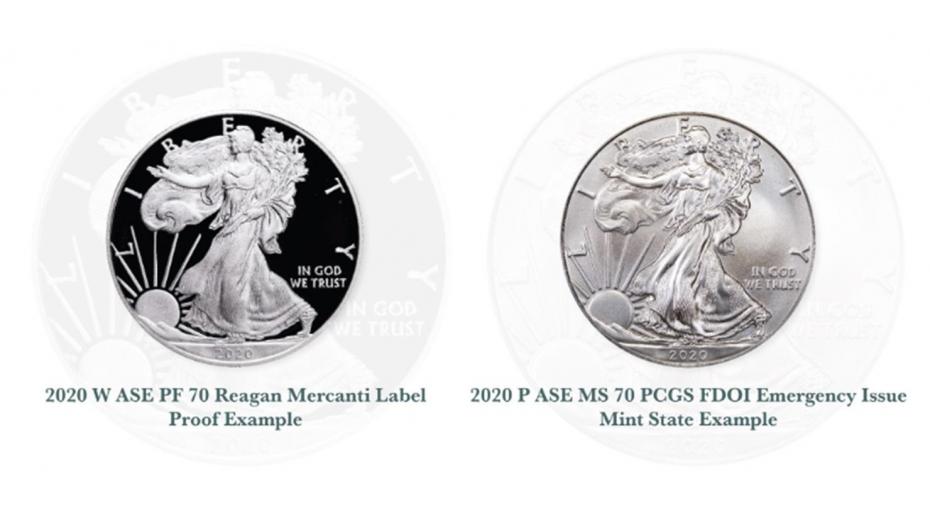Proof Versus Mint State
Proof Versus Mint State
Proof Coins
A Proof coin is meant to represent the state of the art. They display the highest possible quality that a mint can produce given the technology of the day. Proof coins are struck in limited quantities due to the labor involved in their production. These coins are created specifically for collectors and are not meant to be circulated.
Proof refers to the method of manufacture that coins made specifically for collectors go through. This method begins by burnishing the blank planchets of a coin. This is done by dropping the planchets into a rotating drum full of tiny metal balls. The continual contact of the planchet with these metal balls causes the planchet to have a burnished, or polished, surface. The next step involves the dies, this process is called “finishing the die.” What happens during this process is that the fields of the die are given a cameo appearance, which is characterized by deeply mirrored fields and heavily frosted devices.
In the past, Proof coins were given a cameo contrast by a method known as acid-etching. For this process, coin dies would be dipped into a solution of 95% alcohol and 5% nitric acid. This bath would cover the coin die in cameo frost. Once removed from the liquid, the fields of the coin die would be buffed and polished to give them a mirrored finish. The frosted surfaces, however, would be left on the devices of the coin.
For the modern production of Proof coins, coin dies are finished using a highly precise computer-controlled laser. This laser beam runs over the devices of the coin, leaving a frosty cameo contrast appearance. The fields of the coin do not make contact with the laser, and thus, they retain their deeply mirrored appearance.
Next the dies are treated with a PVD, or Physical Vapor Deposition, process. This protects the die by adding a hard layer of chrome to the outside. It is because of this process, that cameo coins are much more common today than they have been in the past. In the past, only the first few coins struck from a freshly polished would exhibit cameo contrast.
Finally, the planchets are ready to be struck. All Proof coins are struck twice at about 90 metric tons, ensuring a crisp and beautiful strike. These freshly struck coins are individually handled and packaged to guarantee the coin is not damaged in any way.
Mint State Coins
Unlike Proof coins, Mint State coins are made for circulation, or commercial use. These coins are used regularly for everyday transactions. The planchets of circulation coins are not burnished and the dies are not given any special treatment. The result is a coin that generally does not exhibit any cameo contrast, thus the fields and devices are of the same finish.
Since Circulation coins are not meant for collectors, they are not struck multiple times or individually handled. This makes it difficult to find circulation coins with beautiful, full strikes. Once struck, circulation coins are dumped into bins en masse. As these coins get dumped into bins, they collide with each other and create abrasions. Then they are thrown into bags and shipped across the country. Due to this process, finding circulation coins in good condition is a difficult task
A circulation coin is considered Mint State when it never has a chance to be circulated. If a circulation coin manages to be uncirculated, it will have minimal wear and scratches, causing it to be classified as a Mint State coin.







